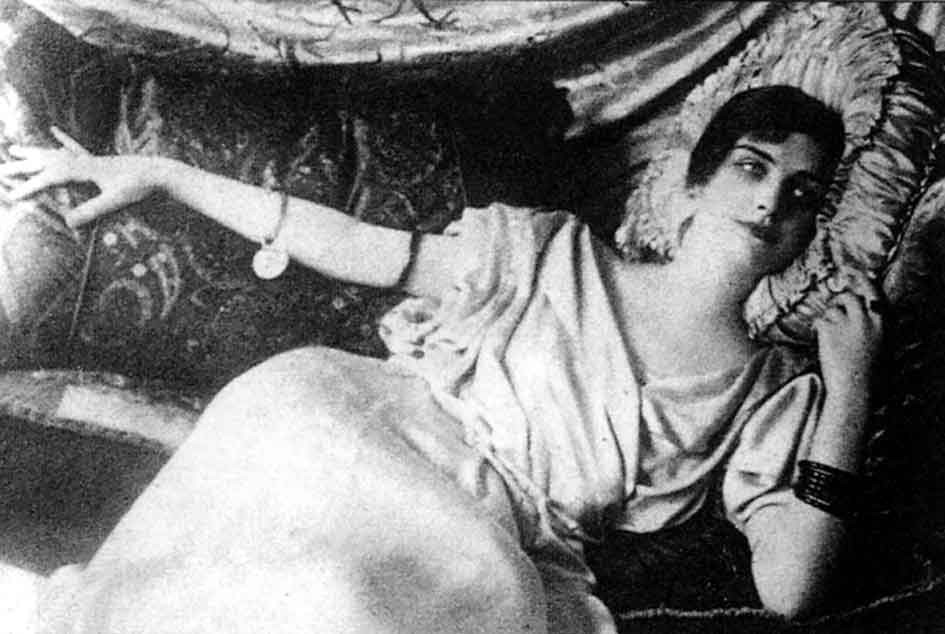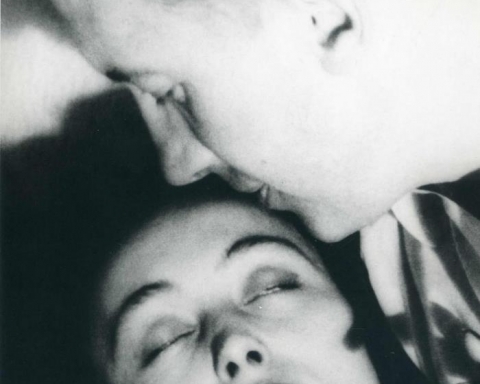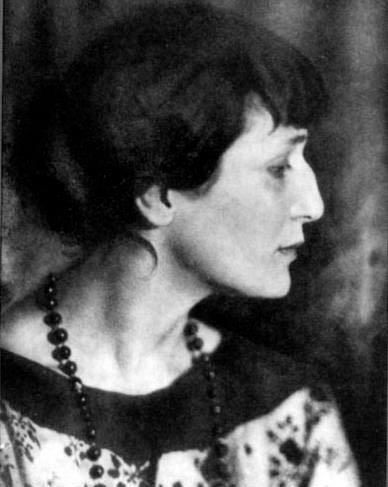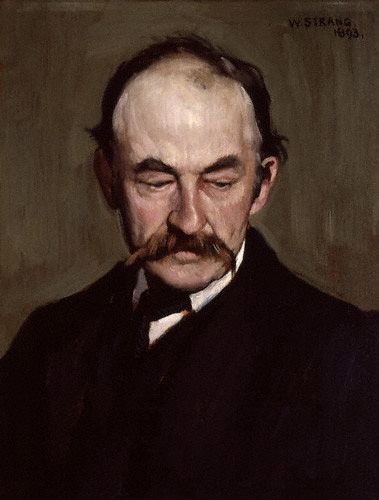 TERESA WILMS MONTT POET FROM CHILE (Viña del Mar, 1893 – París 1921): She was born in a wealthy family, daughter of Federico Guillermo Wilms Montt and Brieba, and his wife Luz Victoria Montt and Montt. Given the social context of that time, her primary instruction was given to her by governesses and particular teachers.
TERESA WILMS MONTT POET FROM CHILE (Viña del Mar, 1893 – París 1921): She was born in a wealthy family, daughter of Federico Guillermo Wilms Montt and Brieba, and his wife Luz Victoria Montt and Montt. Given the social context of that time, her primary instruction was given to her by governesses and particular teachers.
When Teresa turned 17, she got married with Gustavo Balmaceda Valdés. In the following years (1911 y 1913) she gave birth to her daughters, Elisa and Silvia Luz. Almost right after the wedding, the problems between Gustavo and Teresa started, mainly due to how much the husband felt aggravated by his wife’s personality, who frequently attended to literary gatherings, and followed the anarchist ideals, and free masonry. Gustavo reacted sheltering himself in the gambling and alcohol; Teresa, on her side, sheltered herself in her friend and Gustavo’s cousin, Vicente Balmaceda Zañartu (whom she will refer on the future at her diaries as Jean).
After numerous marital conflicts, moving from one city to another and letters from Vicente Balmaceda addressed to Teresa, Gustavo Balmaceda convened a family trial, which contaminated her confinement in the convent of Preciosa Sangre, which she entered on October 18th of 1915, and escaped from it on June of 1916 setting off for Buenos Aires, helped by Vicente Huidobro. During her stay in the convent, she started a journal, in which she wrote her feelings about the loss of her daughters, being separated from Vicente Balmaceda and the motivations for her first suicide attempt on March 29th, 1916.
In Buenos Aires, she contributed to Nosotros magazines, in which also did contributed Gabriela Mistral and Ángel Cruchaga Santa María, among others. She also published her first work “Inquietudes Sentimentales”, a collection of fifty poems with surrealistic threads, that enjoyed an amazing success among the intellectual circles of Buenos Aires society. the same happened to “Los Tres Cantos”, work that explored eroticism and spirituality.
Two years after this work and after traveling to Barcelona and New York, she came back to Buenos Aires and published “Cuentos para Hombres que Todavía son Niños”. In it she evoked her childhood and some vital experiences, in tales of great originality and fantasy. “En la Inquietud del Mármol” was published in Barcelona and constituted a lyric toned elegy, made of 35 fragments, which central leitmotif was death. Written on first person, she focused her interest on the mediating role of love between life and death.
She continued traveling across Europe, visiting London and Paris, but always being a resident of Madrid. In 1920 she was reunited with her daughters in Paris; but after they were separated she become gravely ill. In this crisis, she consumed a large dose of Barbital , and she died on December 24th 1921.
In the last pages of her diary, she wrote: “To die, after feeling everything and being nothing…”.
Source count of the Moon









